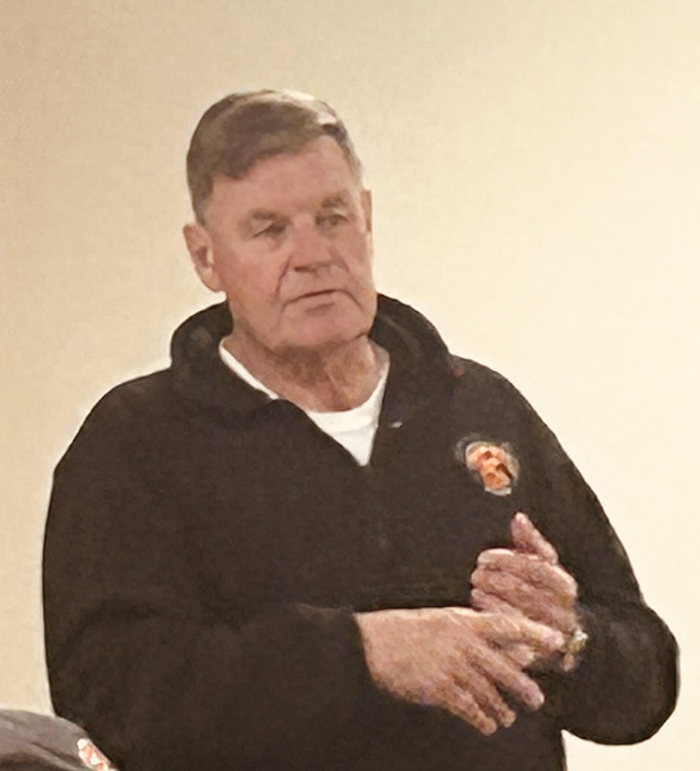Duck hunting decline analyzed in OT County
News | Published on October 21, 2025 at 3:02pm GMT+0000 | Author: Tucker Henderson
0Reduction in CRP land has led to less grassland, wetland cover for duck population

By Tom Hintgen
Otter Tail County Correspondent
Reduced Conservation Reserve Program (CRP) enrollment in recent years and subsequent loss of grassland and wetland cover have contributed to significant long-term declines in key duck populations in Minnesota.
Our state’s declining duck populations, according to analysts, are primarily driven by habitat loss and poor wetland conditions due to drought. The result is harmful effects on breeding and nesting.
“Old Duck Managers” is a group of retired Minnesota Department of Natural Resources (DNR) and U.S. Fish and Wildlife Service (USFWS) biologists and enforcement personnel who are voicing alarm over the decline in North American duck populations. This group advocates for renewed focus on habitat preservation and stricter hunting regulations to support breeding ducks.
Speaking at the Oct. 7 meeting of the Fergus Falls Fish and Game Club were Old Duck Managers Fred Bengston and Tony Rondeau. They shared their perspective of Minnesota’s current duck population along with recommendations on what to do to improve things moving forward.
“I would like to see the CRP come back strong,” said Bengston, retired DNR wildlife manager. “Grassland habitat is critical and I believe in a successful turnaround.”
Rondeau, a retiree of the U.S. Fish and Wildlife Service, stressed education and dialog among duck hunters and members of organizations such as the Fergus Falls Fish and Game Club. “We need to start from an educated standpoint,” he said.
Bengston and Rondeau, as part of the “Old Duck Managers” group, believe that the best way to improve waterfowl populations is to advocate for agricultural acres across Minnesota and the entire Prairie Pothole Region in the northern plains converted to grass in a program similar to the CRP.
The group also calls for more conservative hunting regulations to increase survival of locally produced hens and return them the following spring to increase breeding populations.
“It’s not just Minnesota that has duck population challenges,” Bengston said. “Similar discussions are taking place all along the Mississippi flyway that includes 14 states.”
Also addressing this issue is Nate Huck, the migratory game bird specialist for the Minnesota DNR.
“We peaked with CRP in 2017 and grasslands is very important,” he said. “We’ve been trending drier the last 10 years. That’s going to drive those duck populations down quite a bit.”
Rondeau adds that changes will not be easy, but will be necessary.
